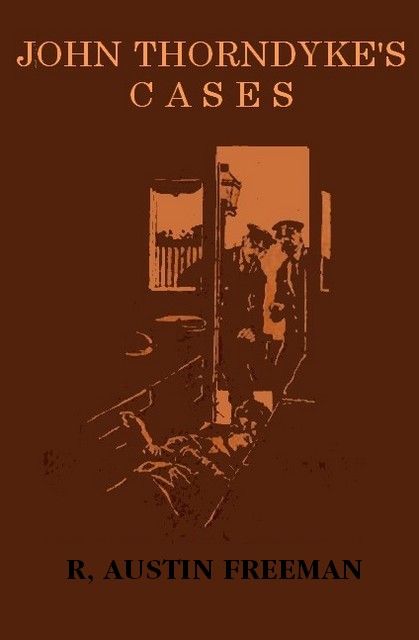PD PRESS BULLETIN AUGUST 2020

WELCOME
Welcome to PD Press Bulletin, a monthly blog about all things printed. You will love the wonderful and unusual variety of topics, see some fine books and learn new things. There will be fiction, serious stuff, fun stuff and even journalism, but only if its exceptional.
DR THORNDYKE
Everyone knows Sherlock Holmes, and he continues to appear in numerous new stories printed by a variety of contemporary authors, but have you heard of Dr John Evelyn Thorndyke?
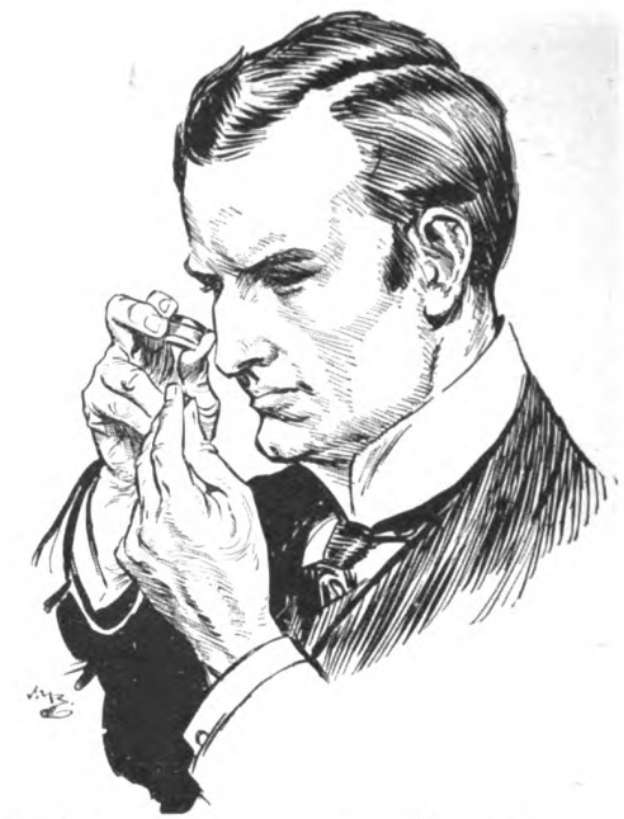
[H. M. Brock, John Thorndyke, 1908]
British doctor and author R. Austin Freeman (1862–1943) wrote many books and short stories featuring John Thorndyke, medical jurispractioner. A medical doctor and lawyer, John Thorndyke uses scientific methods to solve crimes. Microscope and other equipment always at hand, he is ready for taxing cases to solve, assisted by his partner Dr Christopher Jervis and tallented butler and lab technician Nathaniel Polton. At first Dr Jervis does not quite have the deductive skills of John Thorndyke but he begins to get there after a few adventures. On the other hand, Polton is resourceful and skilful in producing any tool or piece of equipment that Thorndyke may need, as well as looking after the household, including creating meals.
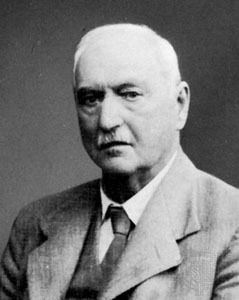
[R. Austin Freeman]
Of course any self respecting jurispractitioner must have appropriate premises. 5A
King's Bench Walk, Inner Temple, London is as good as any. As well as living quarters and professional rooms, it houses a fully set up laboratory and workshop.

WRITING STYLE
Not all detective stories are the same. Austin Freeman experiments with different styles, although all stories utilise the scientific forensic process to solve crimes.
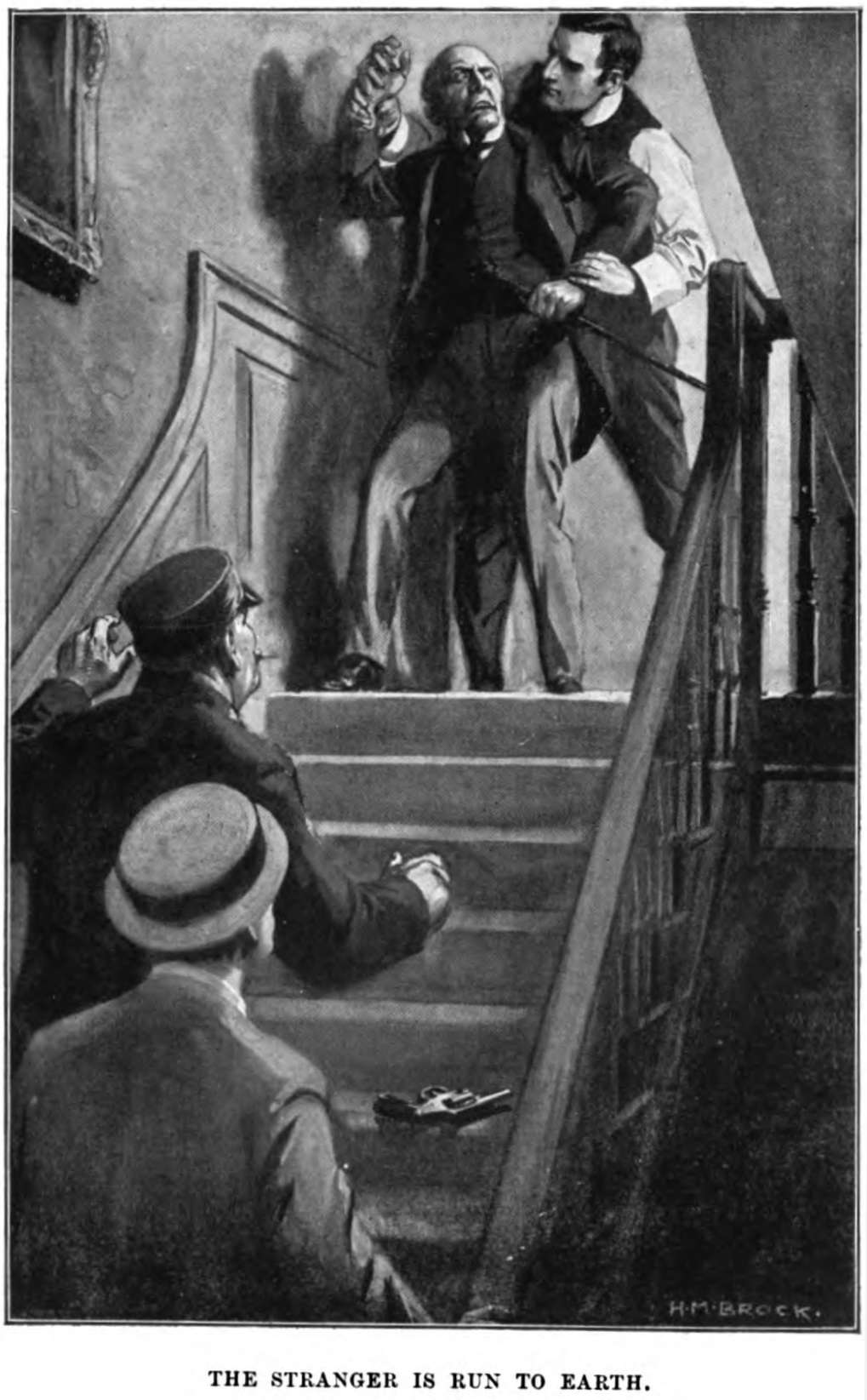
In his first book, in the first case shared by Thorndyke and Jervis, Jervis falls in love with the client and marries her, which would be professional misconduct these days, but was fine in the early 1900s. There are moments of humour, such as his description of a coronial inquest which is constantly interrupted by one of the jurors who asks awkward questions, or Freeman's description of the cross examination of a clumsy witness.
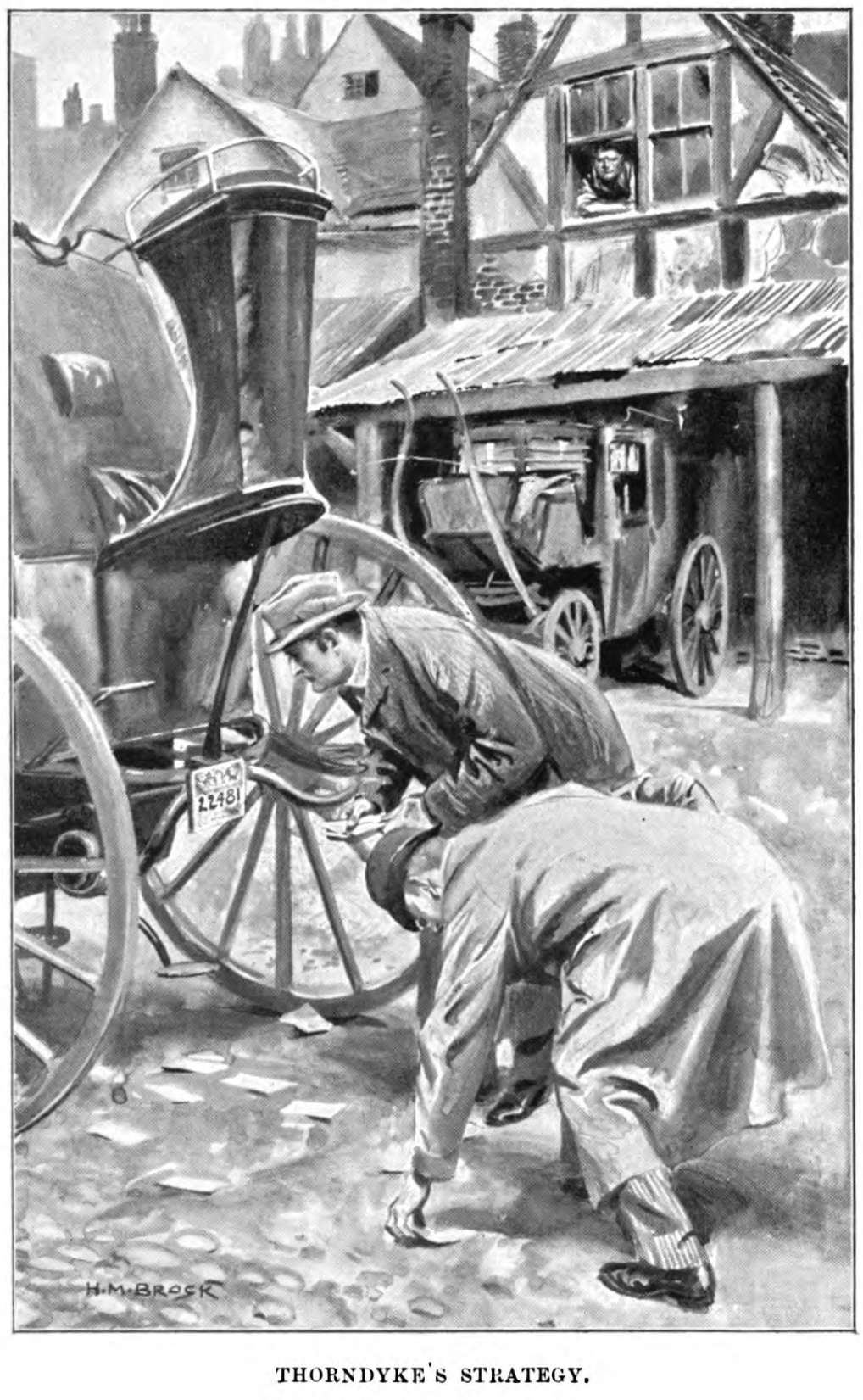
Freeman also experimented with different approaches to a story. In a departure from traditional styles, Austin Freeman experimented with first giving the reader all of the details of a crime in part one a story, so that the reader is in possession of all of the clues and who committed the crime. Then, in part two, the he details how Thorndyke solved the crime. At the time this was an unusual approach but makes for worthwhile reading.
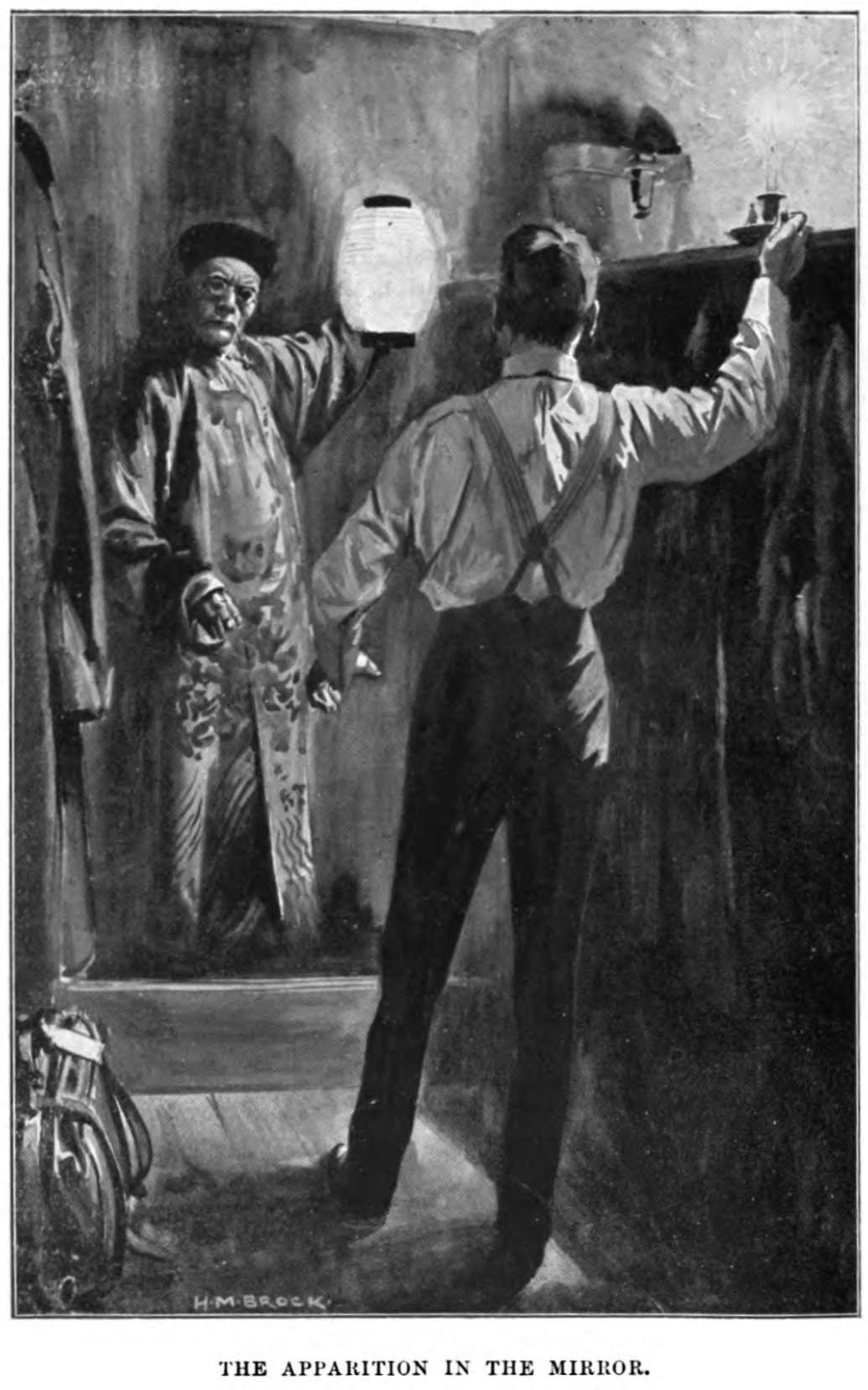
The books are also realistic in the outcomes of the investigations. Not all of the crimes involve murder; there is a fair share of cases of theft and fraud, and even an accidental death which the police were convinced was a murder. In addition, just as in real life, sometimes the criminal gets away with it, escaping or being let go - Thorndyke is a realist and not at all ruthless. More than one criminal kills himself to avoid the hangman. It is this variety that makes the omnibus editions so interesting.
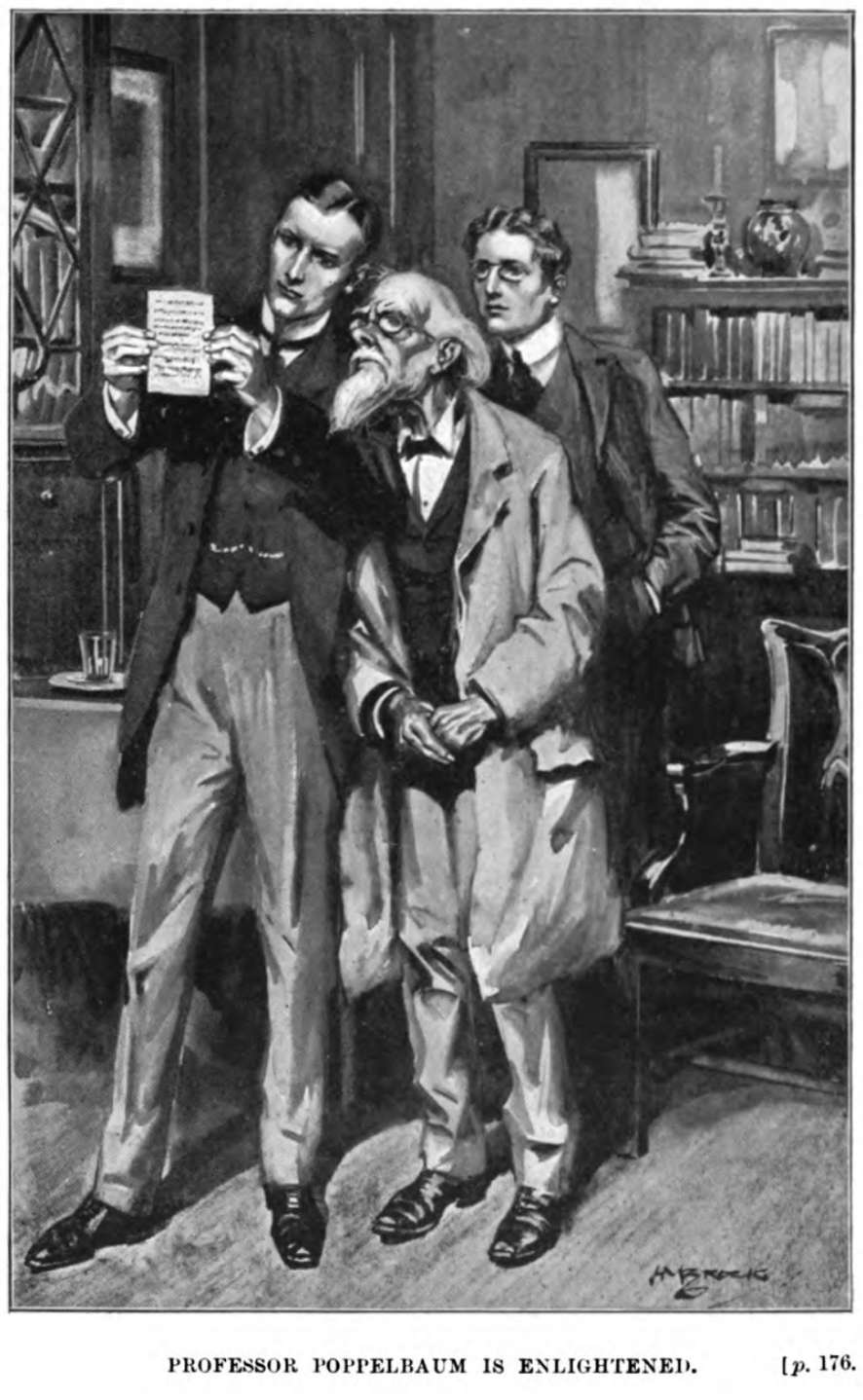
Remembering that these adventures take place in the early 1900s, the books occasionally stray into what today would be considered inappropriate, however you should not entirely judge past behaviours by today's standards. The books are in the public domain and some newer editions have been cleansed of politically inappropriate passages. This does not detract from the stories but is not quite what the author wrote.
A SELECTION OF STORIES
A far from comprehensive list, Freeman's Thorndyke books and stories include: The Red Thumb Mark (1907), The Mystery of 31, New Inn (1912) and The Singing Bone (1912). His books appeared under different titles, and some started as short stories or novels which were later expanded into fuller novels. Some were adapted for television and also for radio.
